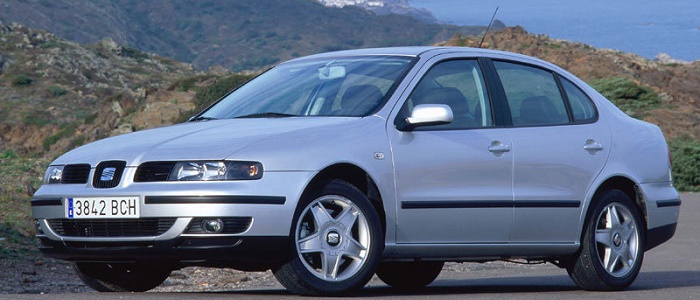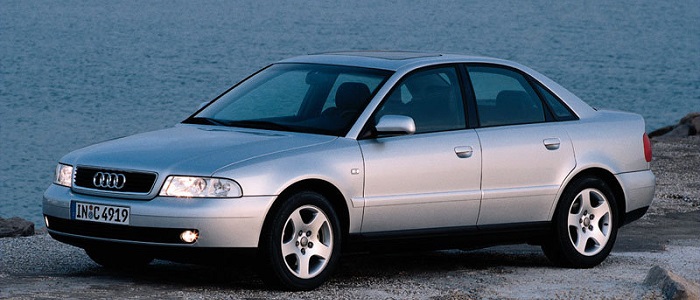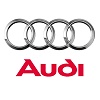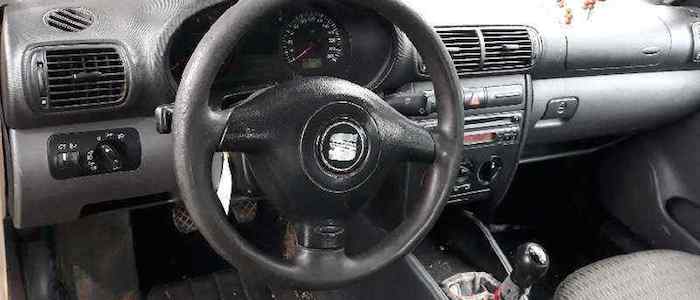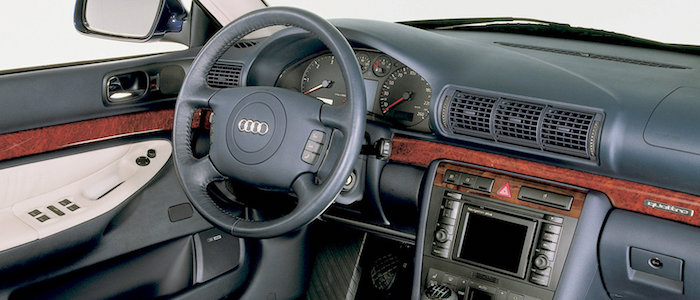Compare two cars
Compare any two cars and get our Virtual Adviser™ opinion
Marketing
Dimensons & Outlines
Engine
Performance (manual gearbox)
Performance (automatic gearbox)
Expenses
Virtual Adviser's™ opinion
We are here considering two somewhat similar cars, but we can't deny some of the obvious differences. For a start, they are not even classified under the same segment, with the Seat being a small family car and the Audi representing large family car vehicle class. Both the engines are Volkswagen-engineered . The first one has a 4-cylinder, 8-valves 100hp unit, while the other one gets its power and torque from a 4-cylinder, 8-valves 102hp one.
SafetyThe fact that the Audi got tested by the European New Car Assessment Programme (Euro NCAP), while the other contender didn't, isn't really an advantage, taken the poor 3-star rating it received. Still, apart from the official crash test results there are other things we need to be aware of. The second vehicle is a large family car and that gives it a marginal advantage over the small family car competitor, at least that's what statistics show. Furthermore, taking kerb weight as an important factor into account, the German car offers a marginal difference of 1% more metal.
ReliabilityManufacturers have been building their reliability reputation for decades now and, generally speaking, it appears that Seat does have a slight advantage, all the models observed together. These are the official statistics, while our visitors describe reliability of Seat with an average rating of 4.4, and models under the Audi badge with 4.2 out of 5. Some independent research have also placed Toledo as average reliability-wise, and A4 is more or less at the same level.We should definitely mention that owners of cars with the same powertrain as the Spanish car rank it on average as 2.0, while the one under the competitor's bonnet gets 3.8 out of 5.
Performance & Fuel economySeat is undoubtly more agile, reaching 100km/h in 1 seconds less than its competitor. In addition to that it accelerates all the way to 192 kilometers per hour, 2km/h more than the other car. When it comes to fuel economy the winner has to be the Spanish car, averaging around 6.9 liters of fuel per 100 kilometers (41 mpg), in combined cycle. We can't ignore that 14% difference compared to the German car.
Verdict
Audi appears just a bit more reliable, although the difference is truly marginal. The most important thing when deciding between any two vehicles should always be safety, both passive and active. In my opinion, everything taken into account, the German car beats the other contender by far, making it the best choice without even considering other things. From there things take a different direction, with Seat being considerably quicker, thus putting more smile on driver's face. To make things even better, it consumps less fuel! It's really tough to make a final decision here, but if I'd need to, I'd say Seat. Anyway, that's the most objective conclusion I could've came up with and it's based solely on the information found on this website. Aspects such as design, practicality, brand value and driving experience are there for you to measure them out. I suggest you spend two more minutes in order to find out which car, based on your needs and budget, would be picked by the virtual adviser™, among more than 12.000 different ones in our database.























